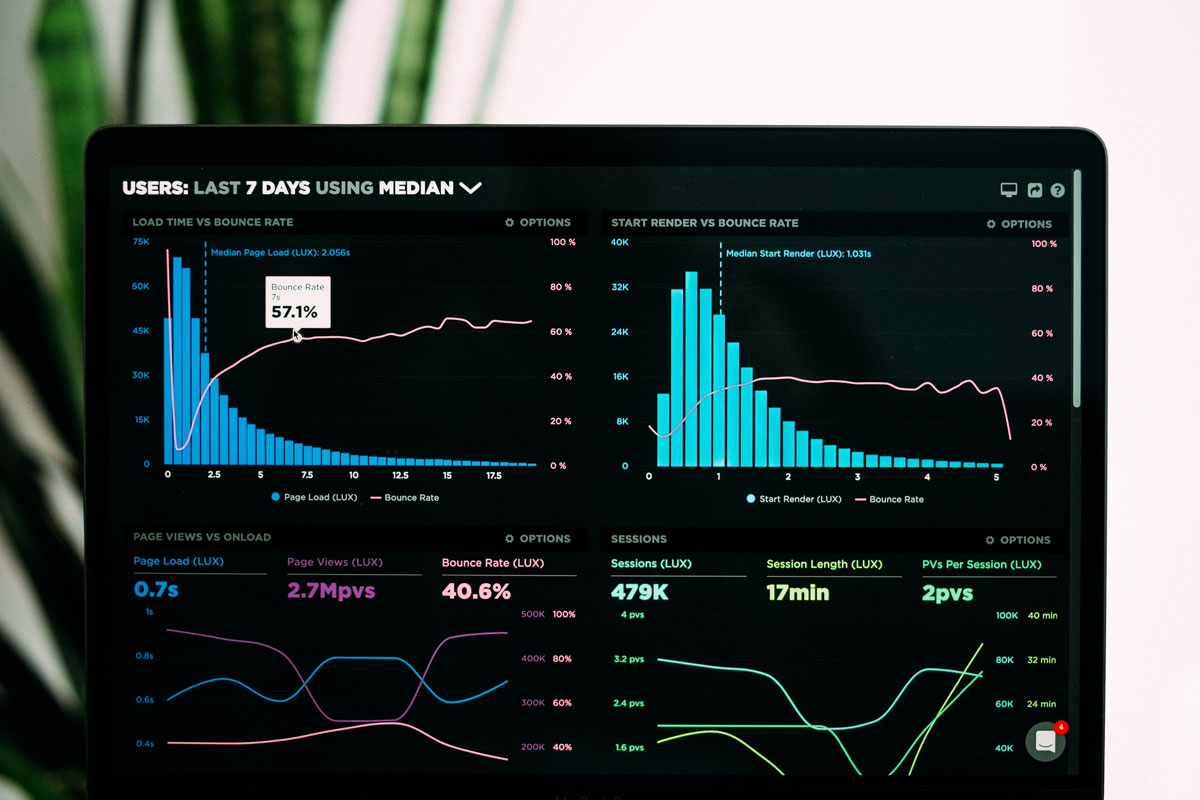A former colleague at Myntra, the fashion e-retailer, once expressed, “Why bother with static customer segments in a digital business? The person buying an expensive dress for New Year’s also buys inexpensive walking shoes. We can target promotions purely based on behaviour at that time.”
The internet allows us unprecedented targeting based on behaviour. Further, digital customer behaviour doesn’t always conform to static segment definitions. With comparison shopping at their fingertips, even high-end customers, for instance, go bargain hunting online for an expensive watch.
Digital marketer or software programmer?
So digital marketers have to think like software programmers, using logical constructs like if-then-else statements – if the customer clicks on an expensive dress, show her more expensive dresses, else show her affordable dresses. Hence the familiar messages in our inboxes like “We miss you Nish, 20% off your favourite Gap jeans”.
But can an entire marketing strategy be run on dynamically targeted behaviours?
Marketers talk to people, not behaviours
At Indiginus, we worked with Bharat Matrimony, the largest online matrimony player globally, to overhaul their online registration experience. Our thinking started with segments and not behaviours. By talking to customers and looking at the data, we understood that safety and stability were primary concerns for parents registering their daughter’s profile, while a young man – well, our research did not fully reveal it – but we all know what he had on his mind.
We visualised personas representing key segments, and created different experiences for each. By doing so, we could connect deeply with customers at scale, without generalising across an entire customer base with vastly different needs. Purely behavioural thinking, that did not get underneath hidden motivations and fears, would not have generated the massive increase in conversion to registration that we achieved.
Segments are the foundation
What applies to experience design also applies more broadly to a company’s brand, many areas of marketing and product development. Segments – as generalised representations of key customer groups – help a company empathise more deeply with customers and do a more effective job of serving them. Focus on key segments shows up in everything from determining the brand’s identity, to its marketing creative, content and targeting, to the design of its services.
So which is it, static segments or dynamic behaviours?
Marketers must work at two levels: strategic and tactical.
At a strategic level, the marketer defines static segments based on customer demographics, behaviours and attitudes. While these definitions do evolve over time as the business learns more about its customers, they don’t change much in the short to medium term. They form the foundation for a marketing strategy.
At a more tactical level, the digital marketer targets very specific customer behaviours – or dynamically defined behavioural segments, which are often independent of the static segments those customers fall into – nudging them towards desired actions. This activity is critically important in the digital realm, and the marketer continuously re-examines data and correlations to determine and change which behaviours should be targeted.
Will digital drive your growth next year?
Ask what can you do as a business to drive impact in 2020:
- Have a coherent digital strategy
- Validate your strategy with real-world testing
- Audit your digital marketing for quick improvements
- Grow new visitors – organic or paid
- Driver higher conversion of visitors to purchases
- Increase revenue per visit and customer loyalty
If any of these are of interest, connect with Indiginus to take growth to a whole new level. We have done it for many clients. Every client is available as a reference.




